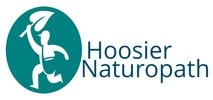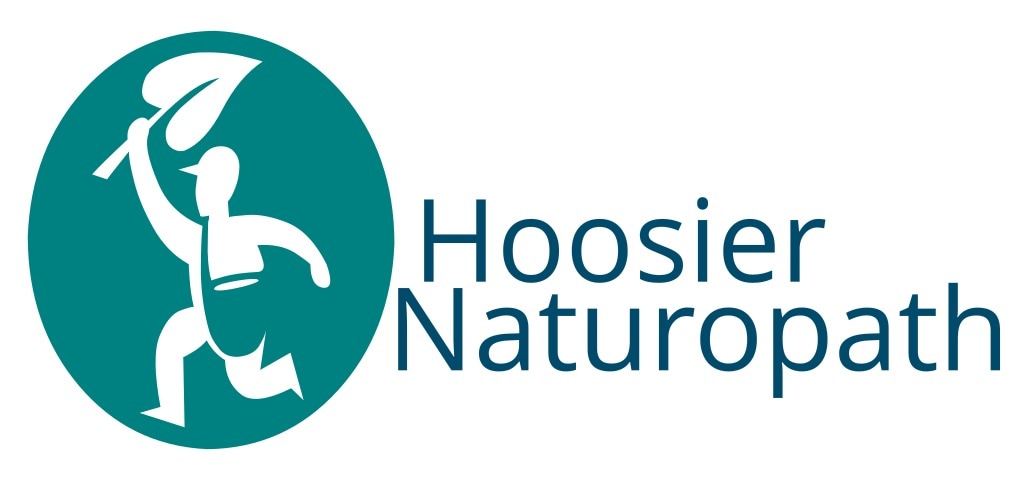what about fever???Do not fear a fever!!! The body’s ability to mount a fever is a sign of good vitality.
Factors which influence body temperature: (Excerpts from: https://nccmed.com/normal-body-temperature-ranges-in-children-and-adults/) The hypothalamus is a part of the brain that is responsible for controlling body temperature. When the body temperature climbs over or falls below the 98.6°F (37°C) level, the hypothalamus is activated, allowing the temperature to be regulated. When the body becomes too cold, the hypothalamus sends signals to the body, causing it to shiver, which helps to warm the body. When the body becomes overheated, it sends signals to the brain to begin sweating, which allows heat to escape the body. The majority of fevers are caused by infections. An illness causes a fever, which is the body’s natural way of responding to and battling the infection. Researchers discovered that some medical disorders may have an impact on a person’s body temperature. People with an underactive thyroid (hypothyroidism), for example, tended to have lower temperatures, but people with cancer tended to have higher temperatures. This table lists the typical body temperature ranges for adults and children, according to, the manufacturer of the thermometer used in the particular study (Obermeyer Z, Samra J K, Mullainathan S. Individual differences in normal body temperature: longitudinal big data analysis of patient records BMJ 2017; 359 :j5468 doi:10.1136/bmj.j5468): Type of temperature reading: (0-2 years) (3-10 years) (11-65 years) (Over 65 years) ORAL 95.9–99.5°F (35.5–37.5°C) 95.9–99.5°F (35.5–37.5°C) 97.6–99.6°F (36.4–37.6°C) 96.4–98.5°F (35.8–36.9°C) RECTAL 97.9–100.4°F (36.6–38°C) 97.9–100.4°F (36.6–38°C) 98.6–100.6°F (37.0–38.1°C) 97.1–99.2°F (36.2–37.3°C) ARMPIT 94.5–99.1°F (34.7–37.3°C) 96.6–98.0°F (35.9–36.7°C) 95.3–98.4°F (35.2–36.9°C) 96.0–97.4°F (35.6–36.3°C) EAR 97.5–100.4°F (36.4–38°C) 97.0–100.0°F (36.1–37.8°C) 96.6–99.7°F (35.9–37.6°C) 96.4–99.5°F (35.8–37.5°C) Infant and baby temperatures and newborns Infants aged 0–2 years have a normal body temperature that ranges between 97.9 and 100.4 degrees Fahrenheit when measured rectally. When a baby is teething, his or her body temperature may rise a little. When compared to their body weight, a baby has a bigger surface area on which to radiate heat, which raises their temperature. Their bodies are also more metabolically active, which results in an increase in heat production. The bodies of babies do not regulate their temperature as well as the bodies of adults. When it is warm, they sweat less, which means that their bodies retain more heat. A fever might also make cooling down more difficult for those who are suffering from it. The average body temperature of a newborn is 99.5°F. If a child under the age of three months has a rectal temperature of 100.4°F or above, seek emergency medical assistance immediately. A small temperature in a very young baby can indicate the presence of a dangerous infection. Myths and facts about fever: (Excerpts from: https://www.seattlechildrens.org/conditions/a-z/fever-myths-versus-facts/) MYTH. My child feels warm, so he/she has a fever. FACT. Children can feel warm for many reasons. Examples are playing hard, crying, getting out of a warm bed or hot weather. They are "giving off heat". Their skin temperature should return to normal in 10 to 20 minutes. About 80% of children who act sick and feel warm do have a fever. If you want to be sure, take the temperature. These are the cutoffs for fever using different types of thermometers: Rectal, ear or forehead temperature: 100.4° F (38.0° C) or higher Oral mouth temperature: 100° F (37.8° C) or higher Under the arm Armpit temperature: 99° F (37.2° C) or higher MYTH. All fevers are bad for children. FACT. Fevers turn on the body's immune system. They help the body fight infection. Normal fevers between 100° and 104° F (37.8° 40°C) are good for sick children. MYTH. Fevers above 104° F (40° C) are dangerous. They can cause brain damage. FACT. Fevers with infections don't cause brain damage. Only temperatures above 108° F (42° C) can cause brain damage. It's very rare for the body temperature to climb this high. It only happens if the air temperature is very high. An example is a child left in a closed car during hot weather. MYTH. Anyone can have a seizure triggered by fever. FACT. Only 4% of children can have a seizure with fever. MYTH. Seizures with fever are harmful. FACT. These seizures are scary to watch, but they stop within 5 minutes. They don't cause any permanent harm. They don't increase the risk for speech delays, learning problems, or seizures without fever. MYTH. Without treatment, fevers will keep going higher. FACT. Wrong, because the brain has a thermostat. Most fevers from infection don't go above 103° or 104° F (39.5°40°C). They rarely go to 105° or 106° F (40.6° or 41.1° C). While these are "high" fevers, they also are harmless ones. MYTH. If you can't "break the fever", the cause is serious. FACT. Fevers that don't come down to normal can be caused by viruses or bacteria. The response to fever medicines tells us nothing about the cause of the infection. MYTH. Once the fever comes down with medicines, it should stay down. FACT. It's normal for fevers with most viral infections to last for 2 or 3 days (note: or even longer in some cases). When the fever medicine wears off, the fever will come back. It may need to be treated again. The fever will go away and not return once the body overpowers the virus. Most often, this is day 3 or 4. (note: when medicines interfere with the body’s natural healing processes, the body has to work extra hard to overcome the interference so it can get on with the natural healing process.) MYTH. If the fever is high, the cause is serious. FACT. If the fever is high, the cause may or may not be serious. If your child looks very sick, the cause is more likely to be serious. MYTH. The exact number of the temperature is very important. FACT. How your child looks (and acts) is what's important, not the exact temperature number. MYTH. Oral temperatures between 98.7° and 100° F (37.1° to 37.8° C) are low-grade fevers. FACT. These temperatures are normal. The body's normal temperature changes throughout the day. It peaks in the late afternoon and evening. A true low-grade fever is 100° F to 102° F (37.8° 39°C). SUMMARY. Keep in mind that fever is fighting off (you or) your child's infection. Fever is one of the good guys. So where do all these aches and pains come from? (Excerpt from a forum response found at http://www.madsci.org/posts/archives/2001-07/994526623.Im.r.html) … ” Here is a basic summary of what causes the symptoms encountered during the flu. Common flu symptoms include fever, sore throat, muscle aches, shivers and cold sweats, etc. These symptoms are not caused by the virus itself but rather by our bodies' response to the virus. (underlined by the author of this article). The immune system mounts a two-fold response to the virus. The humoral response (antibody- mediated) produces antibodies that bind to influenza receptors, preventing further infection of uninfected cells. This is the primary means by which the influenza infection is arrested. The cellular response acts by destroying viral infected cells. This is where the nasty symptoms come from. T cells and macrophages attack mucosal cells that have been altered by the virus and destroy them. The cells produce chemicals known as cytokines and interleukins that either destroy the abnormal cell or recruit other immune cells into the area that is infected.” … What would a vitalistic naturopathic doctor do??? They would set fear aside and trust the body’s inherent wisdom which is designed to defend, heal, and repair the body. A vitalistic naturopathic doctor would support the body in its efforts and not fight against or suppress those efforts. Here are some things a vitalistic naturopathic doctor would do (or not do): 1. Stop Eating. Whenever a fever is present, fast on water only. NO FOOD or DRINK OTHER THAN PURE WATER.
References: (all comments entered and italicized in this article, or underlines in any of the text were made by the author):
Prepared 27 September 2021
0 Comments
|
Details
AuthorThe author of the blog posts of Hoosier Naturopath is our executive director, Gail Littell, ND, LMT, unless otherwise noted. We hope you enjoy our posts - Come, let us reason together... Archives
May 2023
|
DISCLAIMER: The information presented on this website is educational in nature. Please do your own research to verify any information presented here and use common sense when making choices related to healthcare for yourself and your family. The naturopathic doctors associated with Hoosier Naturopath are not licensed to practice medicine in Indiana.

 RSS Feed
RSS Feed
